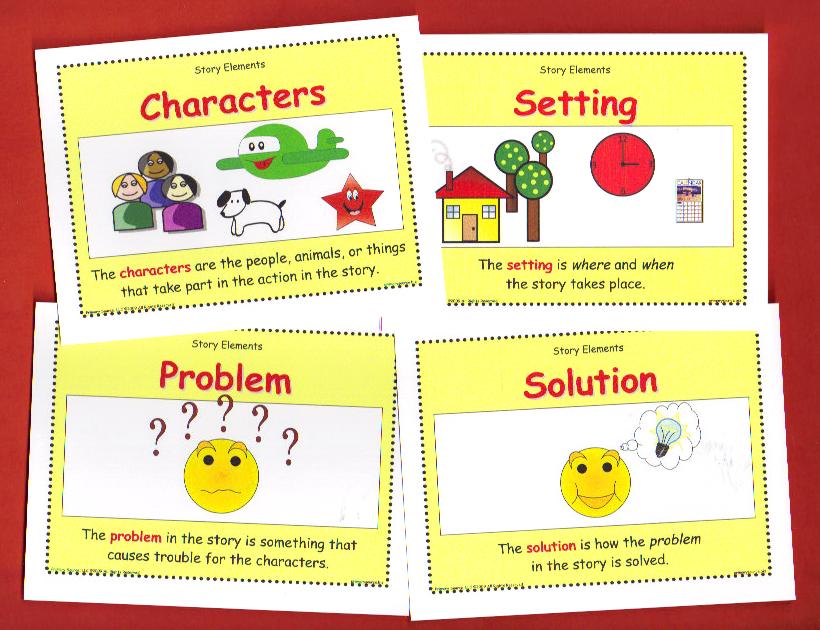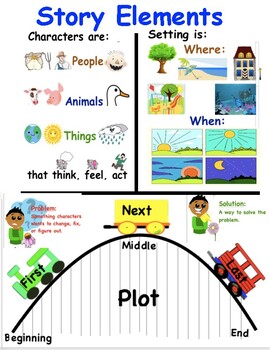

On the other hand, Edgar Allen Poe’s poem “The Raven” has only three: the narrator, Lenore, and the raven. Going back to our example, The Hunger Games focuses on Katniss, but there are many supporting characters that play a major role in her story: Haymitch, Peeta, Gale, Rue, Primrose, and many, many more. A story can have many characters or just one main character as the focus. The characters are the people, animals, beings, or personified objects driving your story. You can introduce a new conflict or raise more questions for your reader. The resolution of one story can also be the start of another. Do they live happily ever after? Is a new era dawning? Or do they just continue on with their ordinary existence with a new experience under their belt?

The resolution is also the time to show the next step in your characters’ lives.

It’s time to end your tale! If you still have unanswered questions in your plot, answer them now. The falling action is a great time to tie up any loose ends while also giving your characters a chance to deal with the aftermath of the climax. Now that the main conflict is resolved, it’s time to begin wrapping everything up. The main goal of the climax is to resolve the conflict, but whether that positively or negatively affects your character is up to you. Typical climaxes include victories or defeats. What are your main characters going to do? Will they succeed or fail? This is it - the primary turning point and what your story has been building towards. A whole lot happens between the start of the novel and that moment, but often you’ll find yourself holding your breath and waiting to see what will happen. This is likely going to be the longest section of your story. This is where your story builds and your reader begins to invest in your characters. The rising action is the moments in your story that lead up to the climax - choices your main characters have made and the events happening that are at odds with your characters’ goals. Find the common ground between your story’s world and the reader’s and work from there, cluing them into the big differences as you go. These worlds were built from the ground up, but as a reader, it never feels labored. Look to great worldbuilding novels, such as Lord of the Rings or Hunger Games, for excellent examples of setting the stage. Keep it natural and let it drive the story forward rather than stalling it while everyone catches up. Don’t overload the reader with background info right out of the gate.

#ELEMENTS OF A STORY FULL#
But that doesn’t mean it needs to be full of Michael Bay-type action. The plot lets the reader know what’s happening, describes the problems your characters are trying to solve, and gives the details on how they attempt to solve them.Ī strong, compelling plot is essential to any story. The plot is the events or actions that drive your story - it describes the “what” of your tale.


 0 kommentar(er)
0 kommentar(er)
